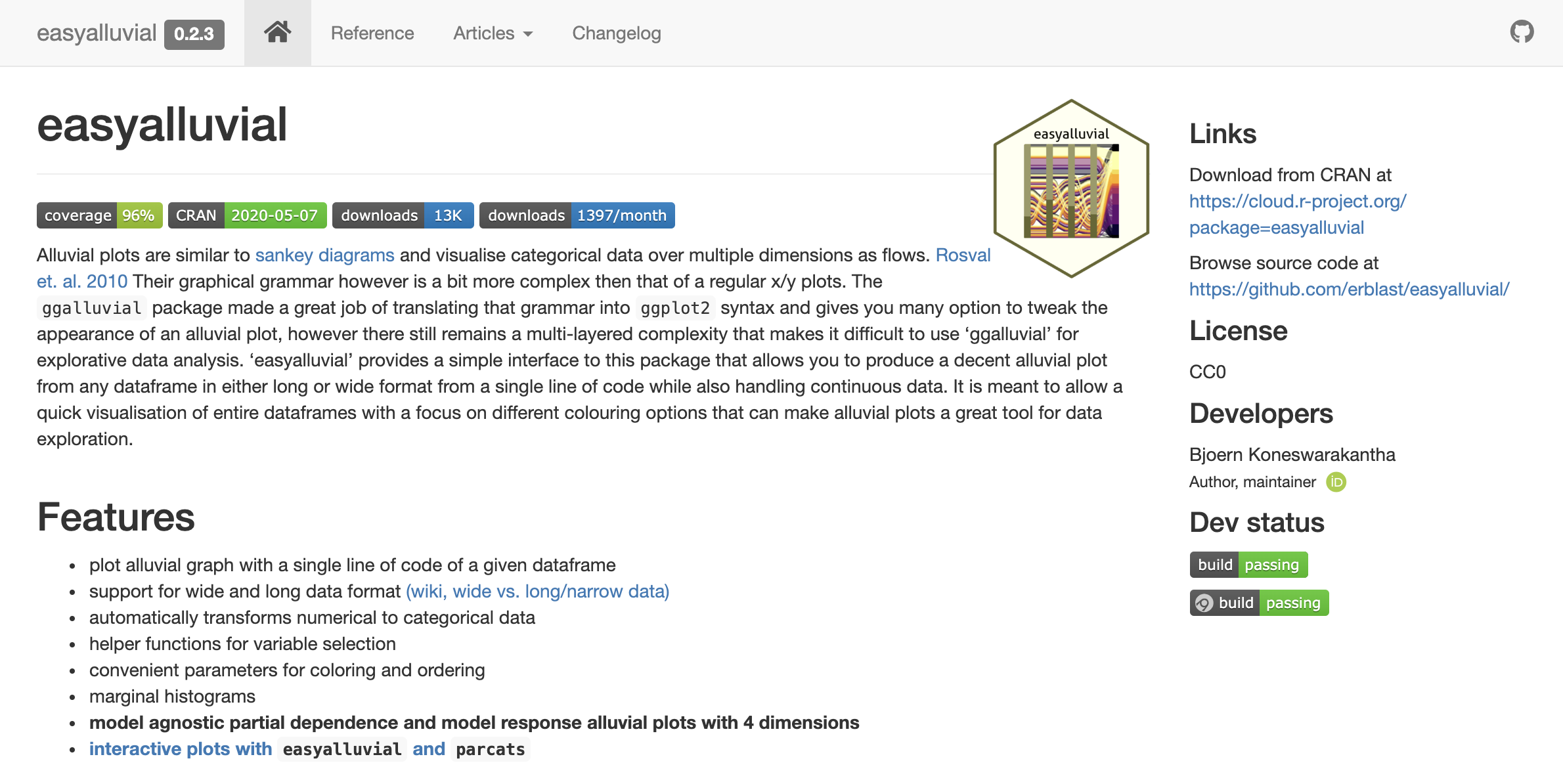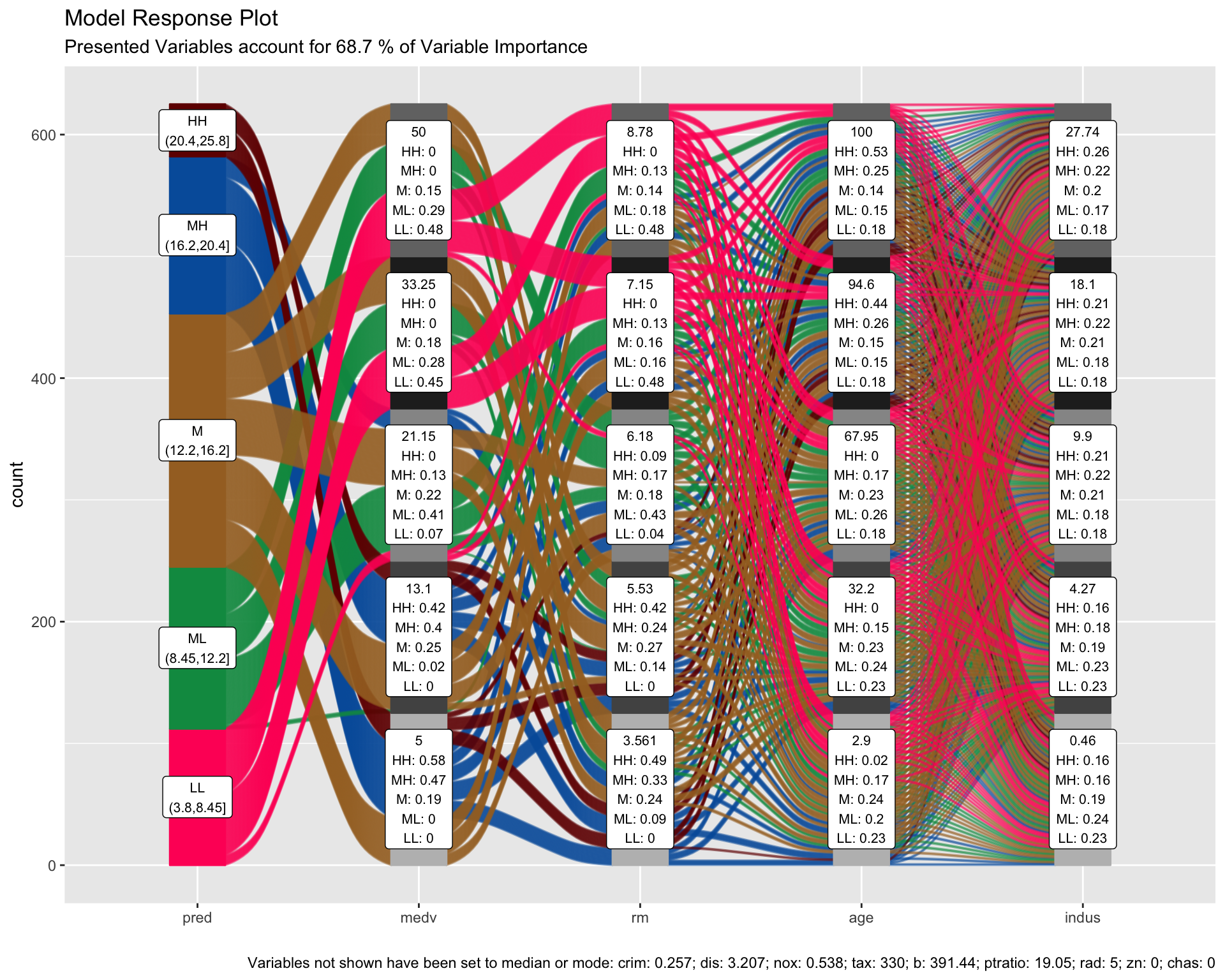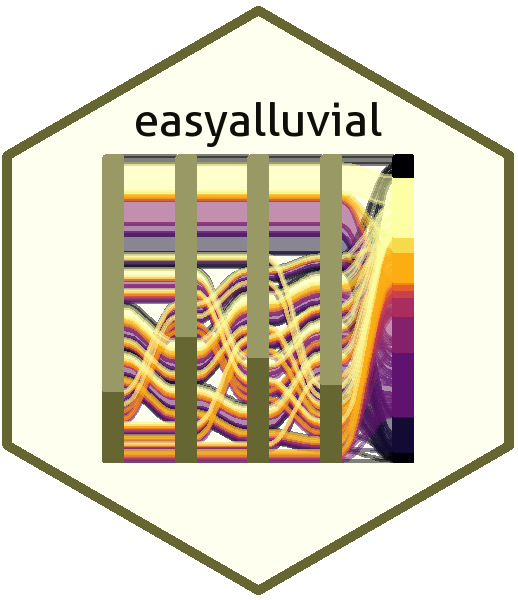parcats 0.0.3 released
parcats 0.0.3 was released on CRAN. It is an htmlwidget providing bindings to the plotly.js parcats trace, which is not supported by the plotly R package. It also adds marginal histograms for numerical variables.
demogif
github
documentation
Better {shiny} Support
It now integrates better into shiny apps. There is a ... [Read more...]








